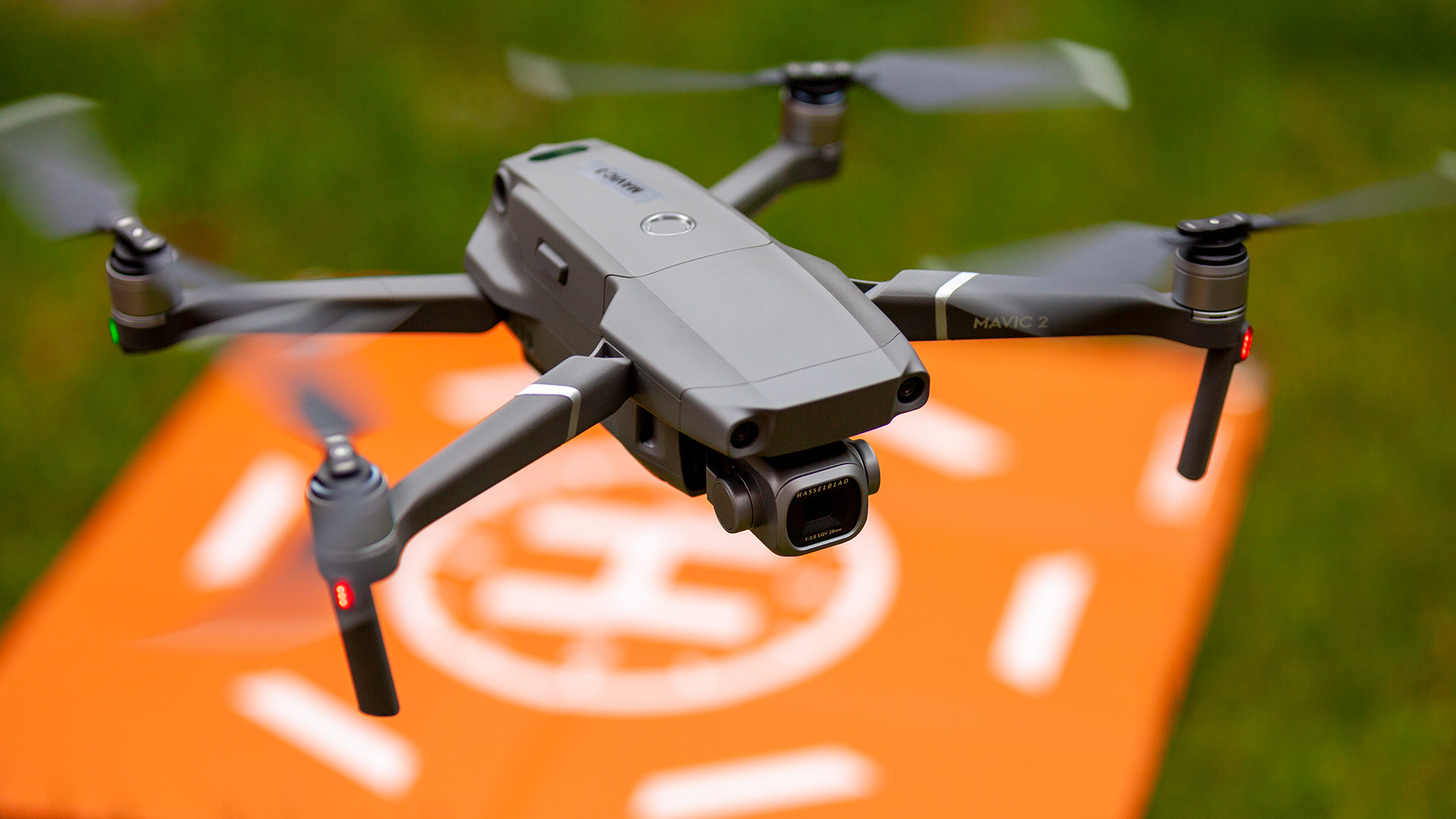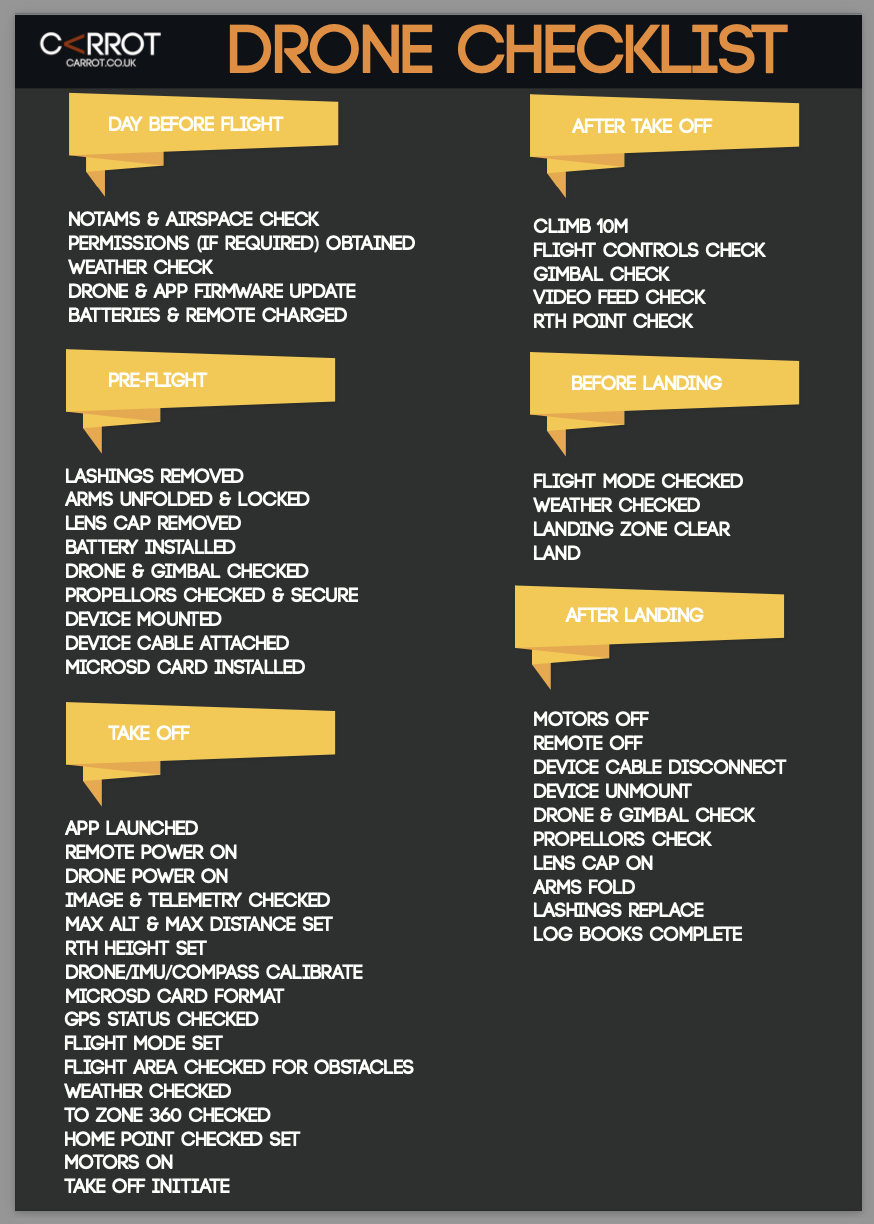Read Time 5 mins
21/04/2023

Introduction
Drones have emerged as a valuable tool in various industries, from agriculture and filmmaking to construction and environmental monitoring. One of the key factors driving their utility is the array of advanced cameras they can be equipped with. In this blog post, we will delve into the different types of cameras found on drones, including RGB, FLIR, multispectral, and LiDAR, and examine their applications across various sectors.
RGB Cameras
RGB cameras are the most common type of camera found on consumer drones. These cameras capture images and videos in the Red, Green, and Blue (RGB) spectrum, which is similar to what the human eye perceives. Drone photography and videography enthusiasts, as well as professionals in the filmmaking industry, commonly use drones equipped with RGB cameras.
Uses of RGB Cameras on Drones:
- Aerial photography and videography for social media, marketing, and real estate.
- Film and television production, including capturing stunning aerial shots and providing unique perspectives.
- Inspection and surveying of structures, such as buildings and bridges, for damage assessment or maintenance purposes.
FLIR (Forward-Looking Infrared) Cameras
FLIR cameras utilize infrared technology to detect heat signatures emitted by objects, making them ideal for applications that require thermal imaging. These cameras are particularly useful in low-visibility conditions, such as fog, smoke, or darkness.
Uses FLIR Cameras on Drones:
- Search and rescue missions, as FLIR cameras can identify human heat signatures even in challenging conditions.
- Wildlife monitoring and conservation, as they can detect animals in their natural habitats without disturbing them.
- Industrial inspections, such as identifying overheating components in electrical systems or detecting gas leaks.
Multispectral Cameras
Multispectral cameras capture image data across multiple wavelengths, usually in the visible and near-infrared (NIR) spectrum. This technology is particularly valuable in agriculture, where analyzing the health of crops and soil is crucial.
Uses of Multispectral Cameras on Drones:
- Precision agriculture, enabling farmers to monitor crop health, detect pests and diseases, and optimize irrigation and fertilization strategies.
- Environmental monitoring, such as tracking deforestation, analyzing water quality, and monitoring coastal erosion.
- Archaeological site exploration, as multispectral imaging can reveal hidden features or artifacts beneath the surface.
LiDAR (Light Detection and Ranging) Cameras
LiDAR cameras use laser technology to measure distances by emitting light pulses and measuring the time it takes for the pulses to return after bouncing off objects. This technology generates accurate 3D models of the environment, which is particularly useful for mapping and surveying.
Uses of LiDAR Cameras on Drones:
- Topographical mapping and surveying, providing accurate elevation data for construction, mining, or urban planning projects.
- Forest management, as LiDAR can generate detailed 3D models of vegetation and terrain.
- Infrastructure inspections, such as assessing power lines, pipelines, and transportation networks.
Conclusion
Drones equipped with various camera types have revolutionized numerous industries by providing valuable insights and data that were once difficult or impossible to obtain. Whether it's capturing stunning aerial imagery with RGB cameras or generating detailed 3D maps with LiDAR technology, drones continue to push the boundaries of what's possible, transforming the way we work and interact with the world around us.
